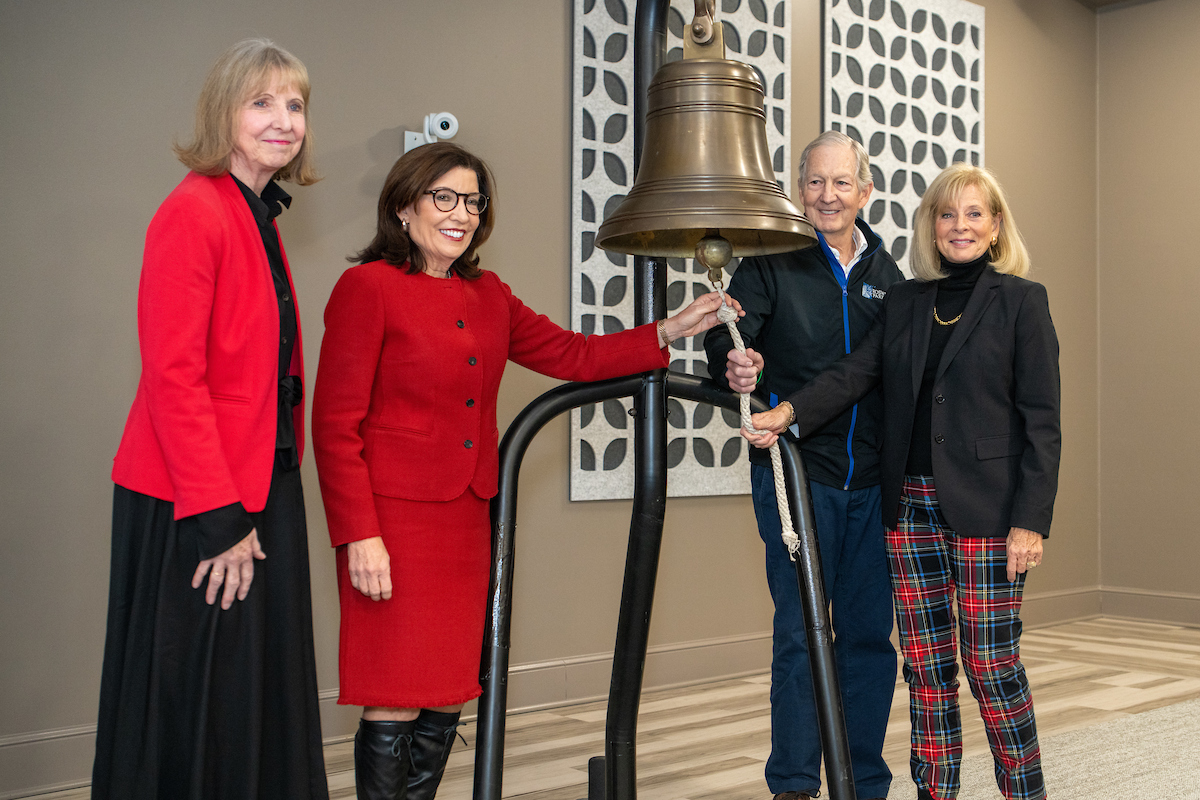Most countries have no requirement that teachers learn about epilepsy or how to handle seizures in students, though at least six US states and one Australian state have “seizure-safe schools” laws that require some level of teacher training.
Training teachers and mobile health screening teams in India
To better understand the epilepsy treatment gap in children, as well as to begin addressing the gap on a school-based level, Dr. Sulena Singh and colleagues developed a three-year project of surveys and training activities. The project is funded by the Indian Council of Medical Research in Delhi.
The group reviewed registries compiled by India’s National Child Health Program (Rashtriya Bal Swasthya Karyakram, or RBSK), which sends mobile health screening units to every government-run school in the country. Once each year, the units screen every student for about 30 diseases and conditions, including epilepsy.
Dr. Sulena’s review found that of the 60,000 schoolchildren screened through the RBSK program, only 41 were listed as having epilepsy. Statistics suggest that number should be between 480 and 600 children, she said.
Strong stigma means that parents may deny that a child has epilepsy, even if a community health worker has observed the child having seizures, said Dr. Sulena. And teachers and school administrators can be reluctant to allow children with epilepsy to attend school. This, combined with the social stigma of epilepsy and possible learning and cognitive issues, can lead to academic underachievement, lost opportunities, and poor quality of life into and throughout adulthood.
“Teachers are important”
Dr. Sulena and colleagues developed a one-day training program for teachers and mobile health workers in a rural area of Punjab, in northern India.
“The teachers are important – half of time in childhood is spent in school,” she said. “So if teachers are positive toward this disease and are more open and supportive to children having seizures, I think that will contribute toward improving coverage of epilepsy care.”
The training program included interactive lectures about epilepsy, as well as role plays. It covered general epilepsy knowledge; educational needs of children with epilepsy; seizure first aid, including the use of rescue medications; communication with parents of children with epilepsy; and addressing stigma.
The goal, said Dr. Sulena, is to create “Epilepsy Ambassadors” – teachers who understand the health, safety, and educational needs of children with epilepsy and who can act as resources for other education professionals.
Positive response
The one-day training attracted 250 teachers and mobile health workers, and the response was overwhelmingly positive.
“The teachers were interested in learning about epilepsy,” she said. “The day after the training, teachers sent us photos of a morning assembly of them educating other teachers and students. It was very inspiring for them.”
Dr. Sulena and colleagues administered pre- and post-training surveys to the attendees and are analyzing the data. They still meet regularly with mobile health workers to reinforce and add to their knowledge of epilepsy, with an aim to improving the RBSK screening process.
Knowledge gaps and the impact of training
Research on teacher and staff knowledge and attitudes about epilepsy, and about children with epilepsy, often reveals gaps. Many studies show that teachers are not aware of seizure first aid procedures, with some holding potentially harmful ideas, such as putting something in a child’s mouth during a seizure.
As with other members of the public, some teachers believe that epilepsy is contagious or caused by evil spirits, which can affect the way they treat students with epilepsy. And many teachers are unaware of potential cognitive and social consequences of epilepsy, which can affect learning and student well-being.
Teacher training programs improve knowledge and attitudes toward students with epilepsy. Increased knowledge about epilepsy also reduces stigma and fear and cultivates improved attitudes toward students with epilepsy.
Interventions can include lectures, videos, written material, and other initiatives. Studies of these interventions show they lead to significant improvements in epilepsy awareness for teachers, as well as increased confidence regarding students with epilepsy and managing seizures.
For example:
A study of 259 teachers in Saudi Arabia found that 46% knew the basics of seizure first aid; this percentage increased to 84% after an educational lecture and discussion about epilepsy. The intervention improved all aspects of epilepsy awareness.
A study of 226 teacher trainees in Nigeria found that a 90-minute lecture and discussion session on epilepsy improved all aspects of knowledge and addressed negative attitudes and misconceptions.
A study of 73 teachers in Lebanon found that 64% believed it was important to put something in a child’s mouth during a seizure. After an educational intervention, only 14% held this view.
A study of 123 school staff in Italy found that only 10% felt comfortable administering rescue medication without seizure training, compared with 63% of staff who received training.
Momentum for lasting effects
Interventions must be tailored to the culture and needs of the community. Social bias toward people with epilepsy is stronger in some countries; for example, a study found that 87% of teachers in Northeast Uttar Pradesh (India) would not want their own child to marry someone with epilepsy, compared with 36% of teachers in a Thailand study. Beliefs about the causes of epilepsy also vary, with religious or supernatural concepts sometimes shaping the way people with epilepsy are viewed and treated.
While a single educational intervention can show immediate benefits, regular reinforcement is necessary for long-term change. A teacher education campaign in Italy increased knowledge and improved negative attitudes. Three months later, however, a reassessment found that while knowledge was retained, negative attitudes had resurfaced.
“Education on epilepsy is more likely to affect ignorance than prejudice,” wrote the authors. “Stronger interventions are needed to counteract stigmatizing behaviors.”
In the interest of promoting lasting effects, Dr. Sulena plans to conduct more teacher trainings – and larger ones. She is interested in the work of Dr. Roberto Caraballo and colleagues in Argentina, who trained more than 4,000 teachers in 2019 in the province of Entre Rios. The three-day, government-endorsed program included lectures, videos, and a short movie, and provided continuing education credit to participants.
Dr. Caraballo authored a 116-page book for the course, which is freely available for download (in Spanish). He said there are plans to expand the program to other provinces of Argentina, as well as neighboring countries in the region.
“I would like to take this training up on a larger scale so that more teachers are involved, not only in one district of India but across the whole system,” said Dr. Sulena. “That would help to make a real change in society.”
Listen to Dr Sulena discuss the development of the training program, and its impact.
Free online resources
The Epilepsy Foundation of America
- A 75-minute virtual training program for teachers, bus drivers, aides, and other school personnel – English audio with English or Spanish closed captions
- A virtual training program for school nurses
- Several educational videos with audio in English and auto-translated closed captions in more than 90 languages and dialects
Epilepsy Ontario (Canada)
- Epilepsy for educators (English): https://epilepsyontario.org/at-work-school/epilepsy-and-education/for-educators/
- Epilepsy for educators (French): https://epilepsyontario.org/at-work-school/epilepsy-and-education/for-educators/#francais
Epilepsy Action Australia: Seizure-Smart Schools information and training
Epilepsy Southwestern Ontario Teacher Toolkit
- A 10-minute video on epilepsy and school success
- A video on how to administer emergency medication to children with epilepsy
- Downloadable and printable booklets on the cognitive, psychological, and social consequences of epilepsy in children, in English and French
##
ILAE is a global organization of health care professionals and scientists working toward a world where no person’s life is limited by epilepsy.
Website | Facebook | Instagram
Twitter feeds: English | French | Japanese | Portuguese | Spanish | ILAE-Young Epilepsy Section



